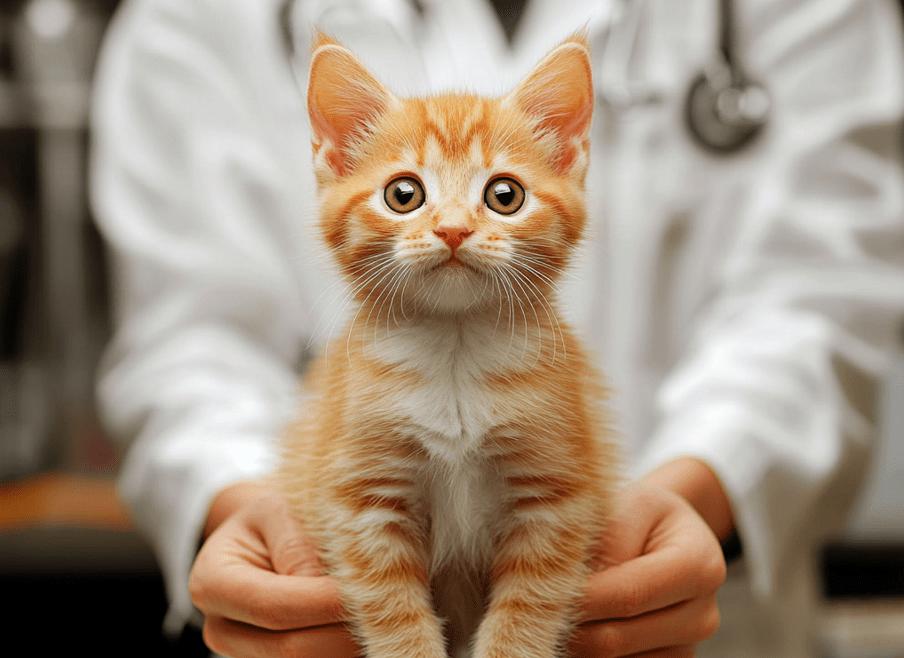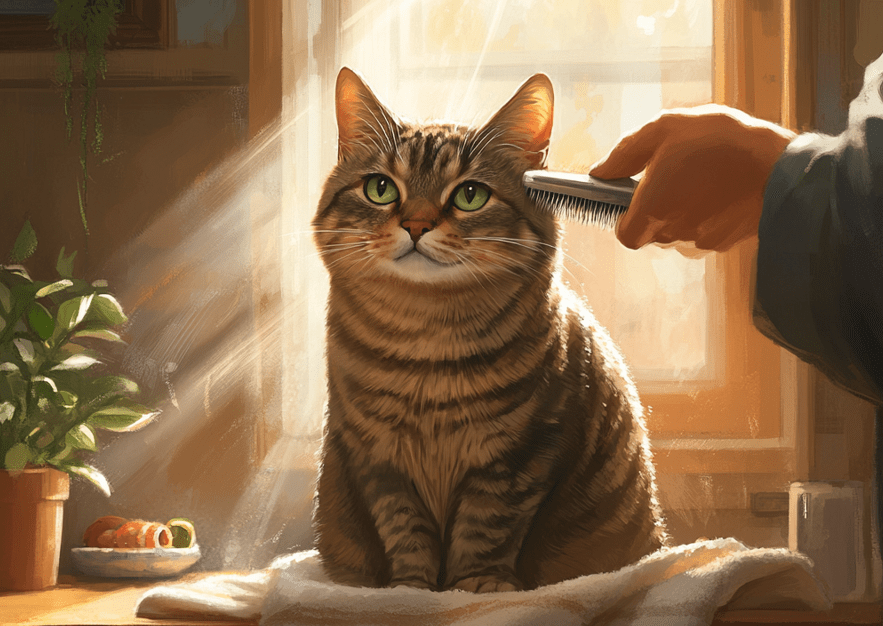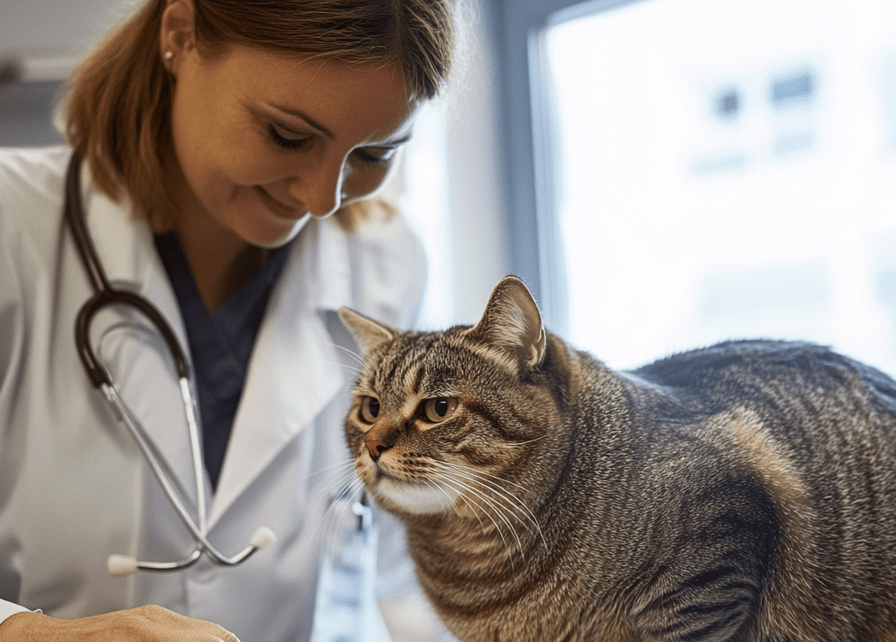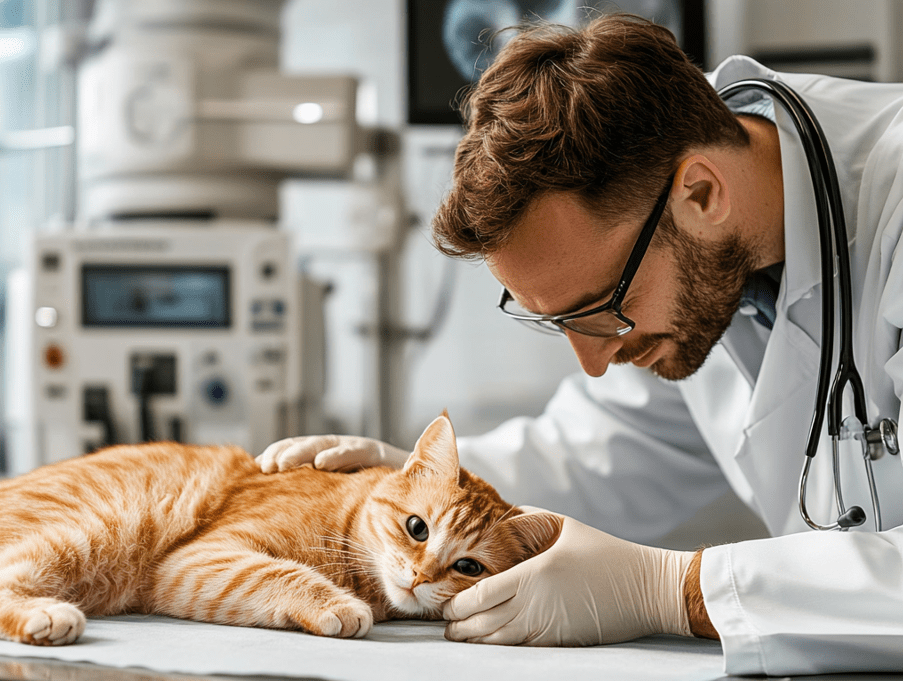
The importance of spaying/neutering indoor cats is unbounded. Spaying/neutering can prevent many health problems for your cat.
Sterilization – these are surgical operations where male or female reproductive systems of pets are surgically altered or removed – are normally some of the least understood or appreciated components of humane pet care. Sterilization of animals implies the surgical operation where the female pet’s ovaries, and uterus are removed, and the castration involves the surgical operation where the male cat’s testicles are removed. Nevertheless, it is easy to find a considerable number of myths that can cause a delay or even refusal to carry out the necessary health, behavioral, and social improvements in pets. The truth of the matter is that making your pet undergo surgery to fix it cannot reproduce is one of the best things that an owner can do for their pet. Not only does it help in enhancing the status of the health and behavior of your pet but it is very central in solving the problem of pet overproduction. In this article, we will look at some of the multiple benefits that make spaying and neutering a must-do task for any responsible pet owner.
To watch the summary of this article, just watch this video-
Health Benefits for Your Pet
Another good reason to take your pet through this process is the many health risks it hinders from taking place.
1.Prevention of Reproductive System Cancers
Early spaying of your female pet before her first heat significantly reduces her chances of getting certain cancers such as ovarian, uterine, and mammary cancer. Castration in dogs and cats prevents testicular cancer and in addition, the risks that affect the prostate in later years. These are procedures that can help in keeping your pet healthy and alive for a longer period.
2.Lower Inflammatory Related to Hormonal Health
Neutering helps to avoid dangerous infections and other health issues associated with hormonal changes in the body. For instance, female cats and dogs are vulnerable to pyometra, a dangerous disease of the uterus, which is only treated by sterilization. Castration of male pets prevents aggressive behavior and helps to prevent such dangerous diseases and infections as prostate diseases, infections in particular.
3.Behavioral Health Benefits
These are surgical operations where the male or female reproductive systems of pets are surgically altered or removed – are normally some of the least understood or appreciated components of humane pet care. Sterilization of animals implies the surgical operation where the female pet’s ovaries, and uterus are removed, and the castration involves the surgical operation where the male cat’s testicles are removed. Nevertheless, it is easy to find a considerable number of myths that can cause a delay or even refusal to carry out the necessary health, behavioral, and social improvements in pets.
The truth of the matter is that making your pet undergo surgery to fix it cannot reproduce is one of the best things that an owner can do for their pet. Not only does it help in enhancing the status of the health and behavior of your pet but it is very central in solving the problem of pet overproduction. In this article, we will look at some of the multiple benefits which make spaying and neutering a must-do task for any responsible pet owner.
Health Benefits for Your Pet
Another good reason to take your pet through this process is the many health risks it hinders from taking place.

1.Prevention of Reproductive System Cancer
Early spaying of your female pet before her first heat significantly reduces her chances of getting certain cancers such as ovarian, uterine, and mammary cancer. Castration in dogs and cats prevents testicular cancer and in addition, the risks that affect the prostate in later years. These are procedures that can help in keeping your pet healthy and alive for a longer period.
2.Lower Inflammatory Related to Hormonal Health
Neutering helps to avoid dangerous infections and other health issues associated with hormonal changes in the body. For instance, female cats and dogs are vulnerable to pyometra, a dangerous disease of the uterus, which is only treated by sterilization. Castration of male pets prevents aggressive behavior and helps to prevent such dangerous diseases and infections as prostate diseases, infections in particular.
3.Behavioral Health Benefits

Hormonal changes in your pet may influence his behavior and this is reason enough to have your pet neutered; this eliminates characteristics like aggression and excessive marking and making of territories. These behaviors are controlled through spaying and neutering, thus bringing a well-balanced and calm animal. Pets in general both male and female are more affectionate and intense when hormones are not the main motivators.
Behavioral Opportunities for Cats and Dogs
Other than the health benefits, which spaying and neutering your pet will have on him or her, the procedure will also alter the demeanor of your pet.
1.Reduction in Aggression
Pets must be spayed and neutered; male pets will be less aggressive due to territorial behaviors. Castration eliminates the tendency to fight with other males and also controls dominance issues thereby making your dog friendly and less destructive.
2.Fewer episodes of Roaming and Escape Risks
In most cases, pets go out on their own to look for a mate is easily one of the most well-known issues. Those pet animals that are not neutered or spayed move around more often, thus their life is more prone to getting lost, being involved in an accident, or getting injured. Neutering and spaying aim at reducing the tendency to roam and this in turn would help you get a safer pet.
3.Reported Symptoms – Not as Likely to Urinate/Mark Territory
Urine marking is bursting or spraying is one of the most regularly observed behaviors in unneutered male cats and dogs. Neutering reduces or erases the root cause of such behaviors and therefore, by so doing, this reduces the amount of mess and unpleasantness that is brought into your home. Non-car queens, also, do not show territorial behaviors when they are not in standing.
Sterilization and Animal Overpopulation
The procedure has additional impacts on community health as a means of controlling pet overpopulation is fundamental in humane society.
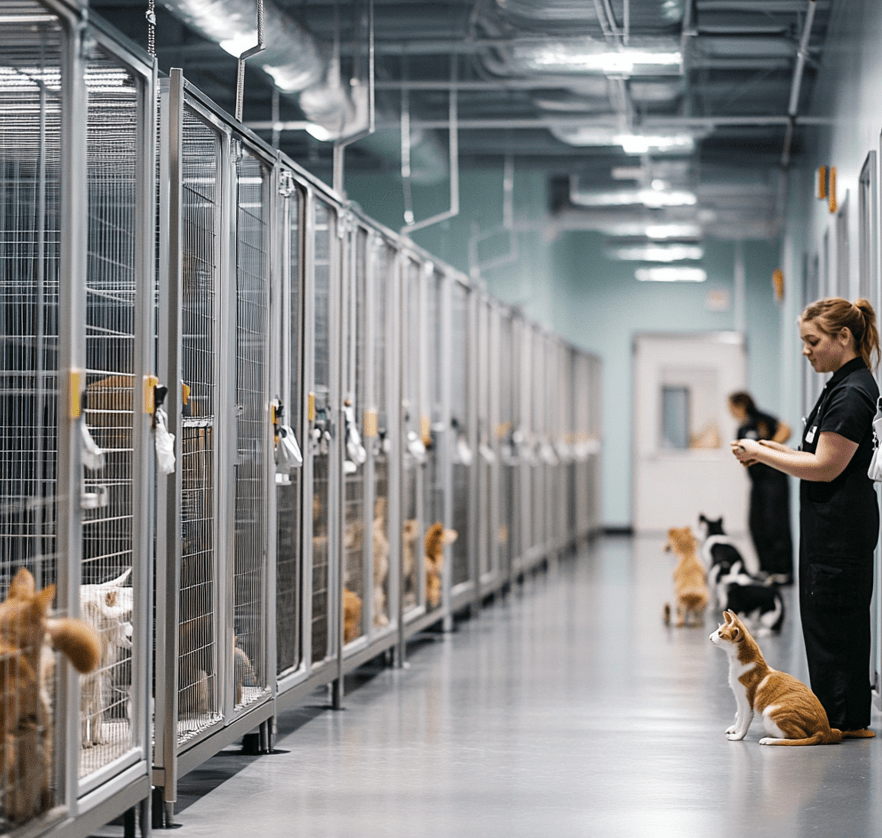
1.Impact on Shelters and Adoption Rates
Each year, millions of animals are taken to shelters because of an overload in the population. Some of these animals are abandoned, others are simply not wanted, and still others are born from unplanned litter. Every time you spay and neuter your pets, you are directly contributing to a reduced population of animals put up for adoption in animal facilities.
2.Preventing Euthanasia
High shelter kill rates are also a direct result of overcrowding Shelters are forced to euthanize otherwise healthy adoptable animals that do not have the space, resources or time to be saved. Spaying and neutering do this so that feline and canine populations are decreased and more pets are given a shot at life.
3.Saving Lives
In every single surgery of spaying and neutering a pet, more lives will be saved. There are fewer of these unwanted animals meaning fewer of them remain to suffer on the streets, fewer of them face the possibility of neglect or abuse, and fewer die due to shelter overcrowding.
Financial Considerations
Sterilization is not only being responsible for your pet’s health — it is also a frugal decision.

1.Breeding Unwanted Pregnancies Vs Cost of Spaying/Neutering
The fee some pay for neutering or spaying appears to be costly, not nearly as costly as the process of raising a litter of puppies or kittens. Caring for pets entails veterinary expenses, feeding costs and, finding homes for their young ones may cost hundreds, if not thousands of dollars. Fixed costs on spaying and neutering your pet help in avoiding these coupled expenses.
2.Low-cost animals again in long-term veterinary issues
Dogs that have not undergone the spay or neuter surgery are more likely to develop health complications of the reproductive system, which may be expensive to treat. For instance, the medication for pyometra, a severe infection of the uterus, or any problem affecting the prostate gland in male dogs will be more costly than the price range of spaying or neutering. You are avoiding these conditions because they would cost a lot of money in vet bills down the line.
The Still-Best Time for Spay/Neuter
The best age to spay or neuter a pet varies depending on its breed, age, and general health.

1.The suggested age to participate in the surgery;
All the veterinarians suggested that the pets should go for spaying or neutering at 6 months of age. Nevertheless, certain pets are spayed or neutered at an earlier age than the others and can be slightly older as well due to some size and development factors. Desensitization to puppies and early castration can solve conflicts even before they begin.
2.Other advantages of early spaying or neutering
It is especially important to spay or neuter your pet early to avoid development of other health complications for instance mammary cancer in the female or testicular cancer in the male. It also has the effect of lowering the risk of such unfavorable behaviors as aggression and marking do not occur.
3.Consulting a veterinarian
It is advisable always to talk with your veterinarian about when the best time to spay or neuter your pet is. Since you want tailored recommendations, your vet will take into consideration things like breed, age, and your pet’s health history.
Best Timing for Spaying/Neutering
Sterilization holds very many advantages as it impacts not only the pets themselves but community welfare too.
1.Controls for Managing Strays and Feral
Neutering and spaying assist in getting rid of many stray or feral animals roaming Job touchdowns, many of which suffer poor living conditions and other diseases.
2.Reducing Transmission of Pathogens
Animals who have not been neutered or spayed will wander and this will expose them to various diseases, including rabies. But, spaying and neutering keep this danger in check because it minimizes the number of animals that get in contact with hazardous sicknesses.
3.Awareness and Education Rational
This means that programs involved in spaying and neutering of animals, warrant the use of humane education institutions to educate the public on responsible pet ownership. When such a message is passed to people, then increases in spay/neuter show that those animals are healthier and more people are not likely to abandon their pets.
Conclusion

Fixing is very vital for your pet’s health, behavior and welfare. These simple procedures also save a lot of diseases, control behavior, won’t let a pet wander or be aggressive, and help deal with pet overpopulation. Any responsible pet owner should seriously consider spaying or neutering their pets – it is for the sake of the pet, but for the sake of the entire community of pet lovers. When you decide for this pet to be spayed or neutered, you really help, make a compassionate and a life-saving decision.

